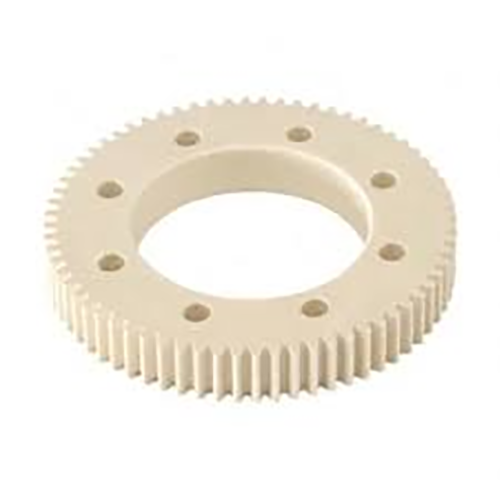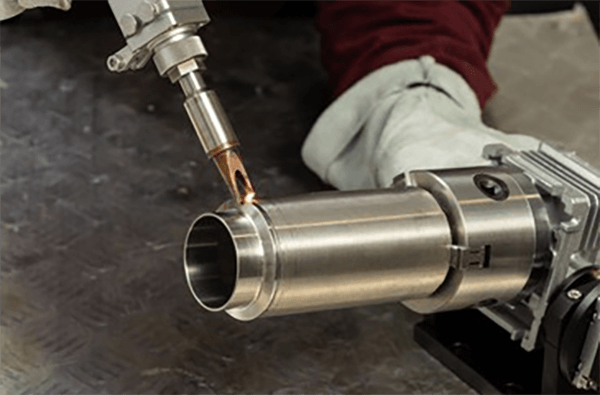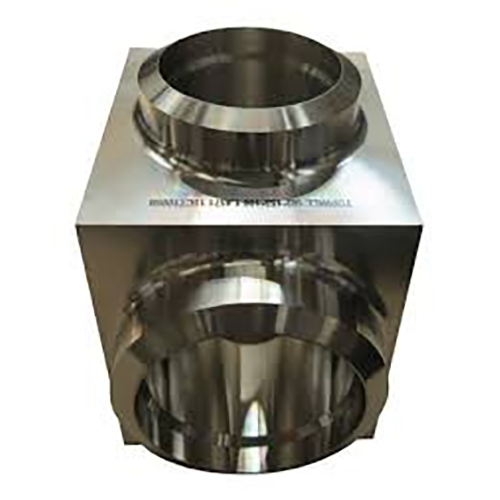
Realizing precise finish on a turned or milled piece is highly significant.
- Surface finish callouts in engineering drawings provide the exact specifications for the finish of a part
- Drawings commonly cite Ra, meaning root mean square average, to measure texture
- Comprehending finish specifications is crucial to meet operational standards
- Designated finish alters fluid film formation, friction levels, and durability outcomes
- Right interpretation of surface notes ensures attainment of the sought condition
CNC Machining: Precision Engineering Defined

Numerical control machining stands as an advanced production approach through G-code driven routines the hardware sculpts intricate parts accurately.
- The technology facilitates production of complex parts across many materials
- Wide-ranging CNC applications encompass medical, electronics, and transport industries
- CNC machining delivers exceptional repeatability ensuring identical parts across production runs
From initial prototype stages to mass-manufacture CNC machining supports modern production workflows
Understanding CNC Machine Specifications
Reading machine specs may appear overwhelming initially
Nevertheless simple study and a stepwise method let you read technical specifications
Set out by finding key metrics: spindle speed, feed settings, positional accuracy, work envelope, controller
All attributes together shape the system’s production performance.
To illustrate, faster spindle rotation fits soft materials and quicker feed improves production rates.
Knowing these correlations permits matching machine capabilities to your specs
It’s wise to study manufacturer documentation comprehensively.
Manufacturer docs typically supply key details and decode technical phrasing
Complete Overview of CNC Equipment
Programmed machining equipment comprises computer-managed tools for exact automated fabrication of diverse materials They read numerical control code to orchestrate cutter motion and axis control.
- Common CNC classes include milling machines, turning lathes, routing systems, plasma cutters
- CNC machining processes are highly versatile and can be used to work with a wide range of materials including metals plastics wood and composites
- Likewise CNC solutions enable fast prototyping and small-lot production for enterprises and research labs
CNC Machines: The Fundamentals Explained
They demonstrate convergence of tight hardware tolerances and refined software control Versatile machinery employs programmed code to autonomously produce simple parts and complex assemblies Primary notion maps digital geometry to tangible fabricated pieces.
- Computer Numerical Control machining
- CAD-to-CAM integration
It comprises controlled axis moves directed by programmed code Manufacturing staff set tooling parameters, oversee machining, and confirm quality outcomes.
Surface Finish Considerations for CNC
Achieving the desired surface finish in CNC machining is crucial It impacts both functional performance and surface look Workpiece material, tool settings, and secondary finishing processes determine texture.
Superior polishing extends service life; rougher finishes may limit capability Numerical control machining supplies multiple methods and cutters to obtain target textures.
- Including selection of alternative tool profiles |tool materials|cutting speeds to achieve a desired surface finish
- In addition buffing, grinding, and sanding may be applied to upgrade finishes
Seeing how process parameters map to surface output is key for optimal finishes.
Introduction to CNC Machining
It constitutes a high-precision manufacturing approach using programmed machine tools to form parts from many materials They apply digital directives to fabricate detailed geometries consistently Grasping G-code, tool selection, and machine operation underpins successful manufacture
CNC serves diverse fields including aerospace, automotive, manufacturing, and electronics From complex aerospace components to precise injection molds, CNC is essential for complex parts
Surface Finish Callouts for CNC Machined Parts
Precise surface specification proves essential in CNC machining It makes sure the product satisfies function and aesthetic demands Manufacturers often rely on Ra (roughness average) to represent surface finish Measured in micrometers or inches, the number reflects mean surface roughness height.
Consider needed smoothness and the part’s application to determine finish requirements

For instance a smooth surface finish might be preferred for parts that require tight tolerances or precise alignment
Coarse finishes can benefit components where traction or friction are functional
Include unambiguous roughness values in drawings to specify finish demands Include both the Ra value along with any additional instructions such as machining processes or surface treatments.
Consider that thorough finish callouts underpin quality manufacturing
Varieties of CNC Machines and Capabilities
CNC technologies cover several machine formats that handle a range of job types They use CAD-generated toolpaths to control tooling for exact component production.
- Milling machines are renowned for their ability to remove material from a workpiece shaping it into complex geometries
- Lathes excel at producing round parts such as shafts rods and bushings
- Waterjet tools cut ceramics composites and metals with no heat-affected zone
Decision factors include the part’s material, feature complexity, and tolerance specifications Unique machine capabilities support varied industry needs such as automotive, aerospace, and medical.
Realizing Superior Texture with CNC Machining
Securing excellent surface finish plays a key role in production and CNC methods enable that outcome With exact feed control spindle tuning and proper tool shapes machinists influence finish quality and minimize defects Plus durable cutting materials and appropriate coolant control boost finish quality Optimized cutting plans and meticulous setup procedures help achieve premium finishing.
Securing Surface Finish Through CNC Programming
Mastering surface finish during CNC programming is crucial for achieving desired quality outcomes Machining parameter combos such as feed, rpm, and tool geometry set the surface characteristics Attentive parameter configuration alongside good coolant practice leads to superior surfaces.
- Besides that systematic tool upkeep and monitoring ensure sustained surface quality Furthermore regular tool maintenance and inspection are essential for ensuring a consistent cnc process and high-quality surface finish over time Additionally routine tool checks and upkeep maintain consistent finish quality
- In order to refine finish consider material, target roughness, and end-use needs
- Employing simulation software can help visualize and fine-tune cutting parameters before machining reducing the risk of surface defects
- Continuous tool maintenance and oversight preserve high finish consistency
